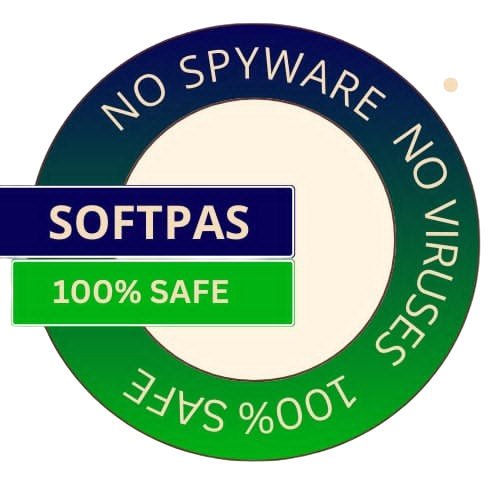
Get the best deals on your favorite games
PyGSL is a really handy Python interface for the GNU Scientific Library, also known as GSL. It makes it easier to perform scientific computations in Python, which is super useful if you're diving into data analysis or any kind of research!
First things first: make sure to uninstall any old versions of PyGSL. You also need to have gsl-config in your path. Here's how you can install it:
gzip -d -c pygsl-x.y.z.tar.gz | tar xvf -
cd pygsl-x.y.z
# Use your preferred Python version here!
# To specify where GSL is located, run:
python setup.py --gsl-prefix=/path/to/gsl
# If using CVS, delete your build directory first.
python setup.py build
# Running just this might lead to errors!
python setup.py installYou're almost there! But don't test the interface right in the distribution root directory. First, install it and switch to the tests directory. Then run:
python run_test.pyIf you really want to test it from the root directory, remember to run this command first:
python setup.py build_ext -iYou can start coding right away! Here are a couple of quick examples:
# For error functions
import pygsl.sf
print("%g+/- %g" % pygsl.sf.erf(1))
# For random number generation
import pygsl.rng
rng = pygsl.rng.rng()
printf(rng.gaussian(1.0))If needed, set the environment variable LD_LIBRARY_PATH so that GSL can find its shared objects.
If you ever need to remove PyGSL from your system, just run this command:
rm -r "python install path"/lib/python"version"/site-packages/pygslThis release has some cool updates!
Go to the Softpas website, press the 'Downloads' button, and pick the app you want to download and install—easy and fast!

SoftPas is your platform for the latest software and technology news, reviews, and guides. Stay up to date with cutting-edge trends in tech and software development.
Subscribe to newsletter
© Copyright 2024, SoftPas, All Rights Reserved.